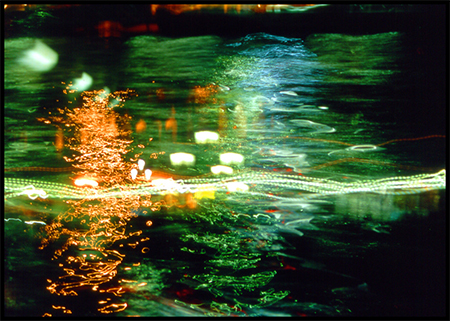 |
There is no known cause for CBS: No conclusive imaging, blood work or other clinical tests, just subjective, circumstantial findings. However, it has long been believed that CBS is caused by sensory deprivation associated with vision loss. The basic reasoning behind this theory is, the brain requires visual stimulus and when it is deprived of it, the brain creates its own. CBS may be short-lived or longstanding; it may resolve with improved vision, after complete loss of vision, or just “over the course of time.”
Awareness: The public and many health care providers remain unaware of Charles Bonnet Syndrome. Adding to its obscurity, many people experiencing symptoms of CBS fear they are “going crazy” and are reluctant to discuss this with family or health care professionals for fear of being “put away”.
Education on the signs and symptoms of CBS is foundational. Informing “at risk” populations about CBS and what to expect from it could alleviate much stress, anxiety and fear.
Evaluation: It is paramount that visual hallucinations be viewed with other present signs and symptoms. This is best done by a multi-disciplinary team. The symptoms of CBS happen to be the same as many other conditions, such as urinary tract infection, medication side-effects, or Alzheimer’s disease. Therefore, CBS diagnosis is confirmed by excluding all the other possible diagnoses.
Common ocular causes for “seeing things that aren’t there”: For example, “internal” light flashes, also known as photopsia, can be a simple manifestation of CBS. However it can also be the result of the vitreous pulling on the retina, or an impending retail detachment.
Floaters are condensed clumps of vitreous that “float” around in the vitreous body, into and out of the visual axis. Before floaters are recognized for what they are, they are often misinterpreted as “fruit flies flying about” or “mice running off” in the periphery.
People experiencing CBS may see a “spiderweb” pattern. This can also be indicative of a retinal bleed.
Management of Charles Bonnet Syndrome: The following strategies have been known to reduce the frequency or intensity of CBS symptoms.
- Extra light, as CBS seems to occur more frequently in dark or dim environments
- Moving eyes, as CBS seems to be more prevalent when eyes are still
- Maintaining social engagement
- CBS Support groups












